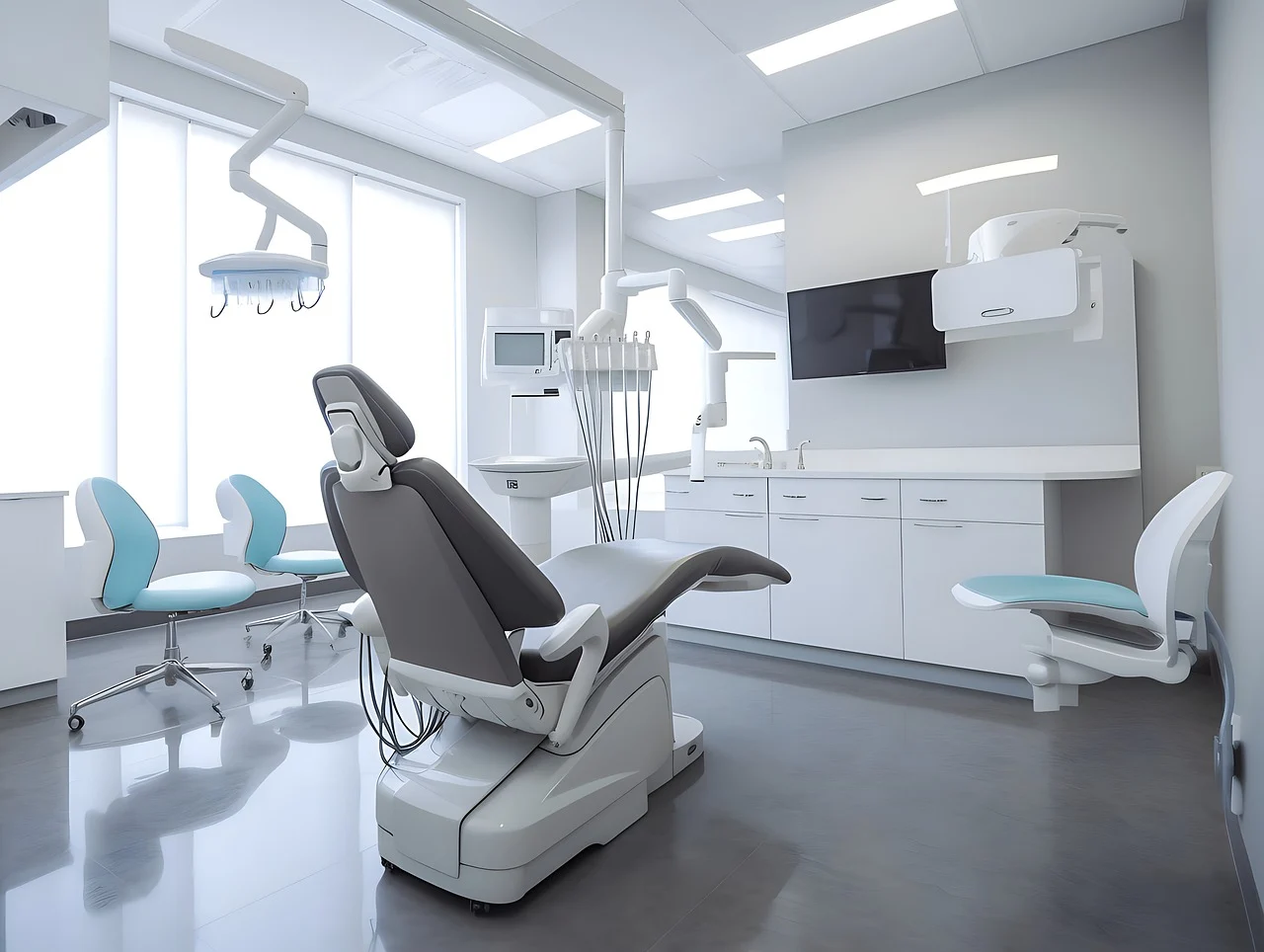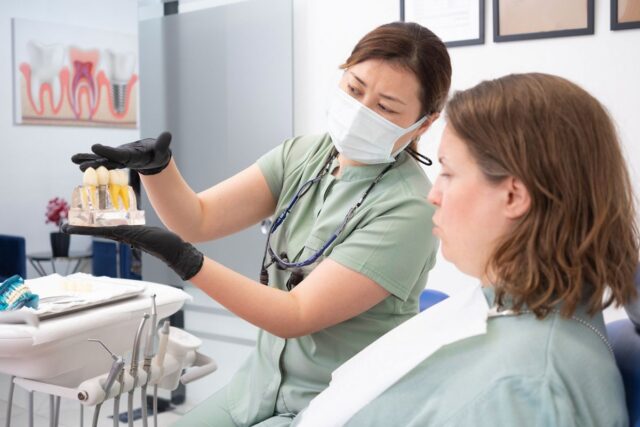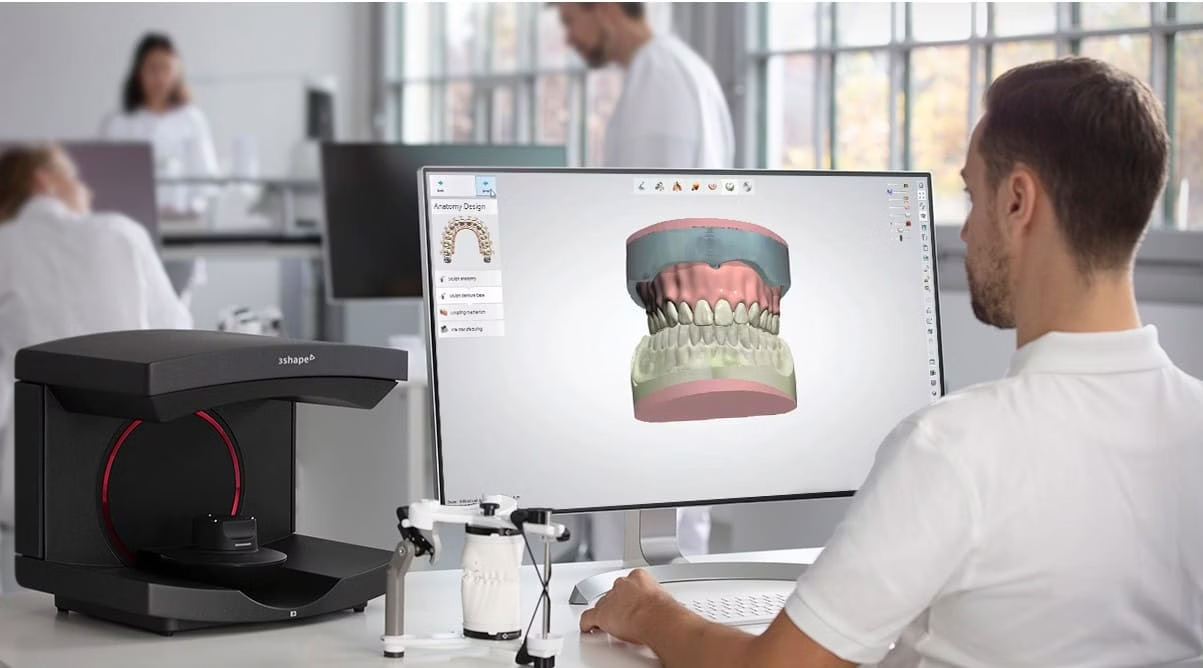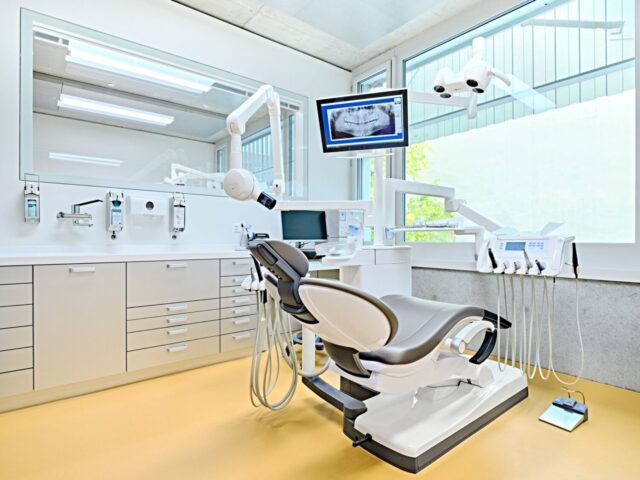
Let’s face it, dental care is not the most glamorous topic, but it has always been an essential aspect of human health. Its history reflects a fascinating journey through the advancements in science, technology, and medicine.
Over the centuries, dental practices have transformed so greatly that even Australia has played a role in reshaping dental education and reformation, involving high-tech procedures and operations, and even incorporating patient-centred care.
If you are interested in exploring the history of dental care, you’re in luck, as we are here to highlight the significant milestones of the dental industry.
Traditional Dental Clinics ─ Where It All Began
Would you believe that dentistry has been around for thousands of years? And those were painful and primitive days, where extracting teeth involved different tools, but mostly rocks and sticks. In ancient Egypt, early dentists used copper tools to fill in cavities, while silver was used in China. However, the ancient Greeks and Romans were quite advanced in their dental techniques, which included scaling and cleaning along with tooth extraction.
Most of the time, tooth extraction procedures were performed without any anesthesia. During the medieval ages in Europe, extractions and basic treatments were offered alongside haircuts and shaves. Other than barbers, blacksmiths, and other untrained individuals were the primary providers of dental care, so imagine the pain and discomfort that were associated with dentistry that led people to delay or even avoid dental care altogether.
This daunting experience was carried out even as dentistry began to establish itself as a formal profession in the 18th and 19th centuries, because who would even want to see pliers, scrapers, and hand drills being displayed and used inside dental offices? To add salt to the wound, anesthesia back then was in the form of chloroform, and although it was a breakthrough in managing tooth and gum pain, in later years it would be discovered as inconsistent as well as risky.

The Role of Technology in Dentistry ─ A New Era Begins
Despite the challenges of limited treatment options, lack of infection control, and the fear of pain in patients, the Industrial Revolution enhanced the focus of modern dentistry on scientific research and standardized practices that paved the way for the 20th century to improve the quality of care for patients.
This era was also the time when dental x-rays allowed for more accurate diagnoses and treatment plans for patients, along with sterilization techniques that reduced the risk of infection. This innovation made it possible for dentists to detect cavities and other issues that were invisible to the naked eye before. In addition, this is when fluoride treatments and sealants were developed, making it possible to prevent cavities and preserve your tooth enamel.
Technology indeed made it possible to develop modern tools and procedures, as the integration of computers and digital technology into dental clinics marked the beginning of a new era in oral healthcare.

Modern High-Tech Dental Clinics ─ Transforming the Patient Experience
Precision, efficiency, and patient comfort—these are the goals of high-tech dental clinics, which are a far cry from traditional practices. To give you an idea, here are some key technological advancements that have transformed modern dental clinics.
Digital X-rays and imaging ─ Imagine seeing your teeth and gums in higher-quality images immediately and with less radiation exposure. Not only that, but it can also help dentists spot issues that may have been missed in your diagnosis before, so you’ll be sure to have earlier and more frequent diagnoses in the future.
CAD/CAM technology ─ Computer-Aided Design (CAD) and Computer-Aided Manufacturing (CAM) have gone the extra mile and are starting to revolutionize restorations of dental crowns and bridges straight to the dentist’s office. This means that you don’t need to schedule multiple visits to your dentist, and all can be completed in a single appointment.
Laser dentistry ─ And who would’ve thought lasers would be a thing in dentistry? From teeth whitening, gum reshaping, and even cavity removal, dental procedures have become less invasive with minimal need for anesthesia and quicker recovery times for us patients.
Robotics and AI ─ And who does not want to be taken care of by a dental assistant who can assist in implant placement? While AI does all the analysis of patient data, technologies powered by both robotics and artificial intelligence help dentists achieve higher accuracy and efficiency in personalized treatment plans for patients.

The Future of Dental Clinics ─ A Patient-Centric Approach
High-tech dental experience is specifically catering with the patient experience in mind, offering not only clinical treatment but also other things you never thought we should be mindful of; allow us to elaborate on some:
- Comfortable waiting areas
- Digital records for better tracking of your dental history
- AI-driven dental analysis for more personalized treatment and maintenance
As we look into the future, the dental industry is a field that shows no signs of slowing down in terms of embracing innovation, and even during the COVID-19 pandemic, dental services did not stop with the help of teledentistry. This development is also beneficial for making dental care more accessible to those in remote areas. So finally, after many centuries, we can truly say that dental clinics are now patient-centric in terms of dental care.
Of course, technological advancements in tools and equipment are not the only ones we need to thank, but also the dental professionals who have always been mindful and continued on in the pursuit of patient-centric approaches. Innovative solutions that make maintaining oral health easier are effective because the dental industry serves the greater purpose of making each dental visit comfortable and efficient.
Just imagine how a once fear-inducing experience in oral healthcare can shift to become a more comfortable and efficient process. With the continuous development of new technologies, the future of dental clinics will shape even more significant improvements in dental care and patient experience.









